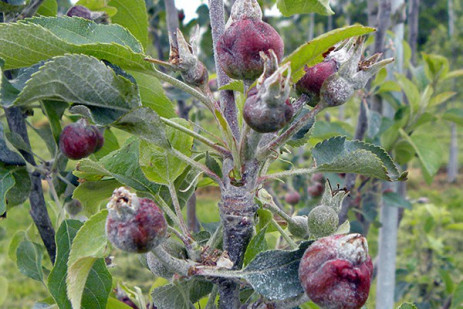Sep 1, 2020Active frost protection methods for orchards pegged in Extension bulletin
While summer temperatures are still in the 80s and even 90s, it has only been a little over four months since an April freeze event caused havoc in Pennsylvania orchards .
This event proved it is never too early to prepare for unforeseen weather. Cooperative Extension Bulletin E363 has been released from Rutgers University Agricultural Experiment Station titled Active Frost Protection Methods for Your Orchard.
“The economic sustainability of an orchard requires maintaining the annual production of fruit at an optimal level. Frost events, specifically during the early spring flower bud development, can cause crop loss which could vary from minor loss of quality and quantity to a total crop loss. Recently, frost events seem to be occurring more frequently.
These events have been driven by warmer spring temperatures pushing bud growth earlier, making blossoms more vulnerable to frost damage (NOAA Technical Report, 2012). While sufficient information on frost protection (FP) methods is available, new challenges such as insufficient labor, increased labor costs, environmental regulations, high-density orchards, and newer technologies strongly support revisiting this topic.
There are two types of FP methods; (1) Active, which is employed at the time of frost events and work to either prevent or reduce the loss of thermal energy from plant tissues, and (2) Passive, which are generally cultural practices such as site and cultivar selection, orchard floor management, and manipulation of orchard nutrition which are performed substantially before frost events. This bulletin focuses on Active FP methods. The success of FP will depend on an understanding of the working principles of each method and the combination of environmental factors necessitating its use. This bulletin also incorporates the experiences of local growers who have mastered the use of these methods.” Cooperative Extension Bulletin E363
While focus is currently on harvest, growers need to have a plan in place for future events such as the one that occurred on April 17, 2020. This weather event had repercussions throughout the 2020 growing season.
– Robert Crasweller, Penn State University
Frost damage in apple following a freeze event in 2010 in Pennsylvania. Photo: Rob Crassweller/Penn State















